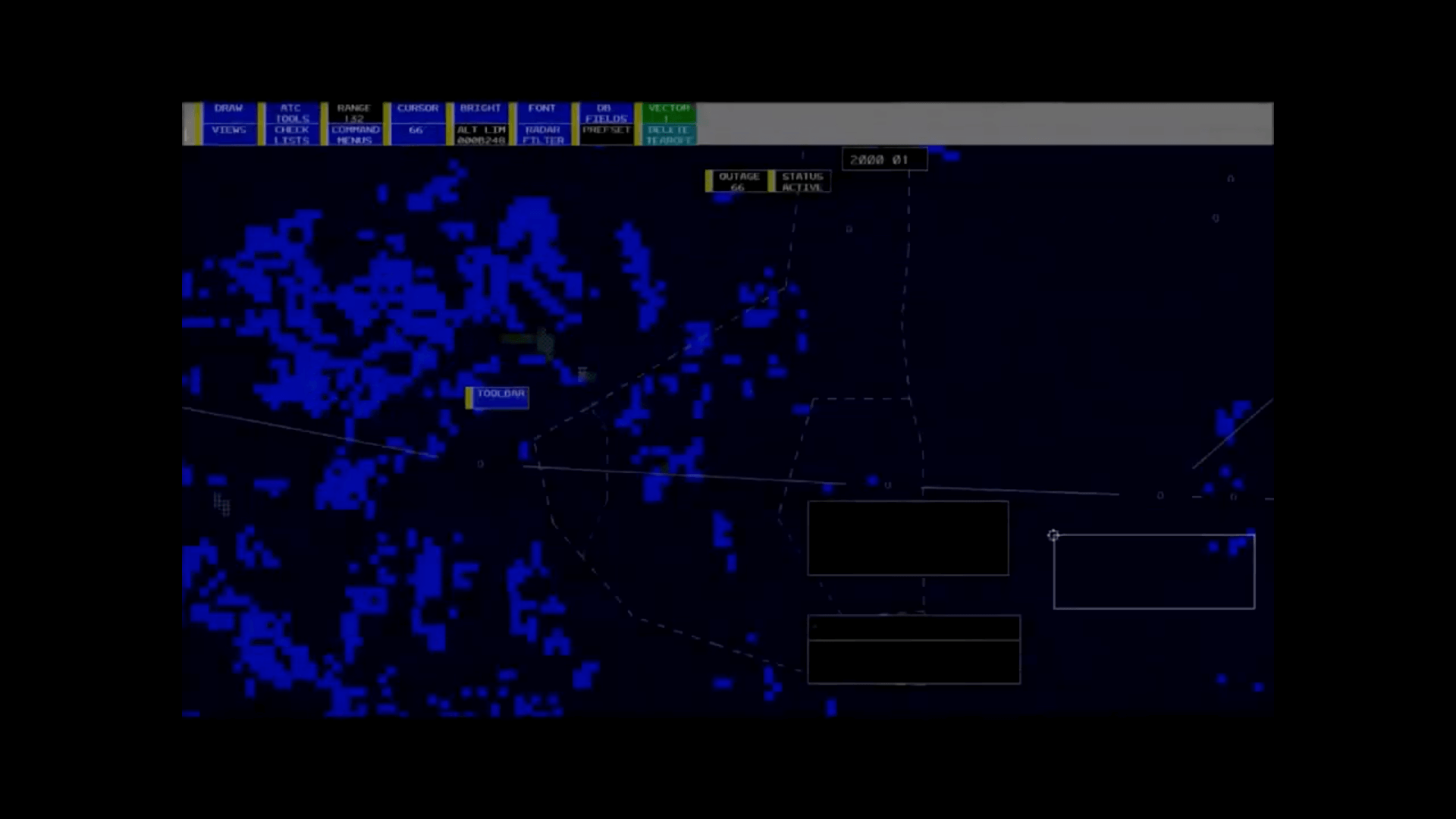Training Services
Best Practices for Controller Training and Airspace Procedure Familiarization

ATAC’s unique approach to air traffic controller training, skill enhancement, and new airspace and procedure design and familiarization
Air traffic demand will soon be on the rise again. The increasing number of U.S. air flights, paired with recent challenges of social distancing among students and instructors, has placed a severe strain on the efficiency of the National Airspace System (NAS). There is a growing demand for trained air traffic control specialists (ATCSs). ATAC and
Kongsberg Geospatial have created benefits in incorporating real-time Controller Training methods (see video above).From thorough testing and validation by controllers, ATAC and Kongsberg Geospatial have created a training system with unparalleled high fidelity and realism.
To cite one recent example, due to Covid-19, air traffic control students in different phases of radar training have been sheltering in place without options of progressing in their training, due to no access to labs or staffing constraints, plus there may be previously certified controllers (CPCs) who have experienced degraded proficiency over this period.
ATAC and Kongsberg Geospatial have developed Virtual ISIM, which provides Internet-based high-definition simulation using actual and/or modified traffic and conditions (such as weather developments or equipment failures) to greatly reduce the need for actual OJT, provide skill enhancement; refresher, recurrent or familiarization training.
- Contract instructors, OJTIs, Remote Pilots, System Administrators may all operate remotely from different locations– even from home with an internet connection
- Virtual ISIM can assist students by allowing them to practice and advance their skills using training that is tailored to the individual’s needs with actual traffic scenarios that may be quickly developed or modified
- Students could be more productive at home while waiting; spool-up time to get back up to their previous levels of training could be greatly reduced
- Equipage can be from Homes or Offices/Facilities. If the CPCs or trainees can work from the facility or a remote office, a 2K monitor may be placed, which replicates a full STARS or En Route display workstation including slew-ball and key pack.
ATAC has also supported numerous successful alternative design scenario testing sessions for the FAA’s Metroplex projects. The system can be used to simulate new airspace and procedure designs while controllers and managers review them to ensure safety and efficiency objectives. An additional prominent use of ISIM was the collaborative effort for New York/New Jersey/Philadelphia Airspace Redesign.
The team tested the ISIM equipment to make sure it represented the area’s airspace, traffic and operations accurately. The NATCA and FAA subject matter experts examined some ideas for moving an approach path to accommodate a more efficient departure procedure. The controllers were already working out procedures, while still just getting the equipment set up. Using the simulator, the design team was able to quickly test the effects of their ideas on traffic drawn from actual operations, rather than trying to picture the impacts using paper, pencils and their imagination. Experts from New York TRACON, for example, were able to check how well a change would work in their airspace before showing it to representatives from New York Center or Cleveland Center for their input. If the team wanted to modify a procedure after running through a scenario a few times, the changes to the simulation could be made in a few minutes, the scenario restarted, and the controllers and managers then were able to observe if the modification made things better, speeding the design process considerably.
The members of the team using the equipment were from New York TRACON, but with “the flip of a switch” the simulator brought up New York Center, or any other center or large TRACON in the country. The simulator doesn’t have to be set up to run either a center or a TRACON. It can run both at once, with an en route controller sitting next to a terminal controller to test out a concept that might impact both of them. ISIM can be adjusted on the fly between experiments. Positions already in the room, such as R-side, D-side and pseudo pilots positions, can be split into two different sectors or positions as needed. Thanks to ISIM, controllers and management could figure out which changes should be feasible — and discard the ones that weren’t — before moving on to trials with controllers outside the design team. They arrived at those trials with a set of changes proven in the simulator, and no longer needed to make time-consuming tweaks during subsequent formal human-in-the-loop sessions. Users praised the flexibility of the new simulator.
Kongsberg Geospatial’s I-SIM simulator is integrated with ATAC’s GRADE® for I-SIM software for the playback of PDARS data through the GRADE® for I-SIM set of modules. The system offers the FAA a unique approach to ATC training, allowing for the playback of actual recorded data to be used for quick scenario creation, editing, and for student comparisons via control room baseline recordings. PDARS information is available at all ARTCCs and larger TRACONs. Through the integration of air traffic information through PDARS, the user can select traffic scenarios for playback anywhere in the NAS where data coverage is available to the PDARS system.
An I-SIM simulator was installed for evaluation at the Los Angeles ARTCC (ZLA) intending to demonstrate the realism of the simulated environment, its ease of use, and the rapid scenario creation capability. The simulator exceeded the training department’s goals and also demonstrated its usefulness as an aid in the design and testing of new procedures in ZLA airspace. The ZLA controller workforce was involved in the evaluation by participating in simulation exercise development and execution. Several areas were tested, covering both high and low altitude airspace, and including varying degrees of traffic complexity. Users of the system were very enthusiastic about the simulator’s capabilities, ease of use and realism. ZLA personnel fully endorsed the system’s capability and encouraged the FAA to further investigate its use as a training aid.
The project validated the integrated GRADE® for I-SIM system as a significant training aid by identifying with the FAA a list of evaluation criteria and objectives. They included:
- Airspace familiarization for facility-bound students
- Replay of on-the-job training (OJT) sessions
- Availability of custom student simulation exercises
- High degree of realism and performance
ATAC is unsurpassed in the application of aviation simulation tools to many successful past airport and airspace capacity and delay projects. ATAC is well-prepared to use their knowledge and experience to assist the FAA by teaming with Kongsberg Geospatial in producing exceptional training tools for the next generation of air traffic controllers.



